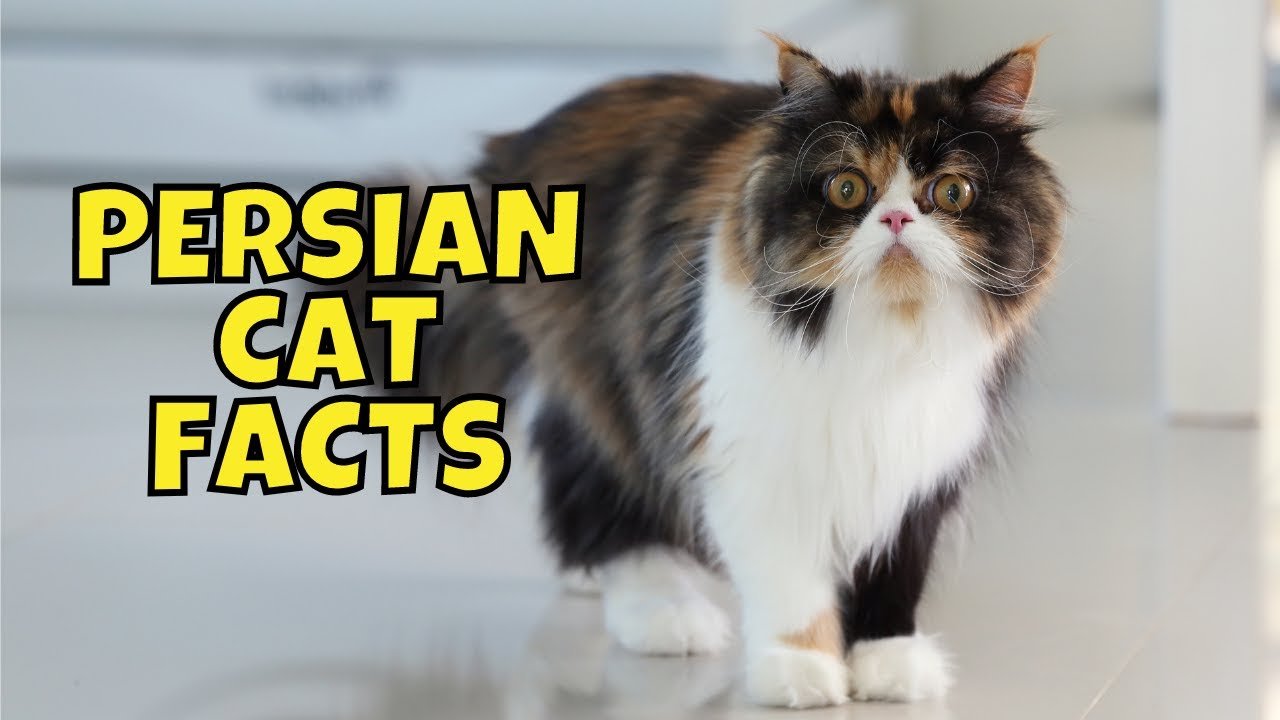If you’ve ever found yourself in awe of the beauty and grace of Persian cats, then prepare to be amazed even further. In this article, we will uncover 10 incredible facts about Persian cats that will leave you with a greater understanding and appreciation for these majestic felines. From their luxurious coats to their laid-back demeanor, the world of Persian cats is nothing short of fascinating. So, get ready to discover some intriguing insights into the wonderful world of Persian cats!
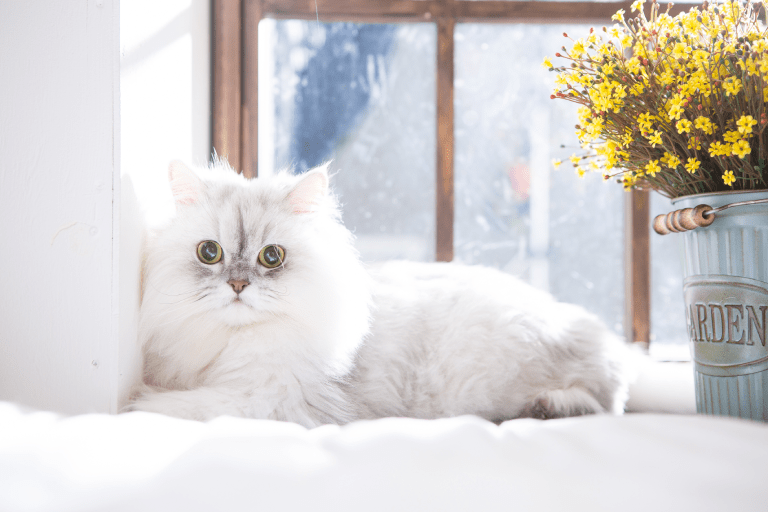
This image is property of weareallaboutcats.com.
Origin and History
Bred in Persia (modern-day Iran)
The Persian cat has a rich history that dates back to ancient times. These regal felines were first bred in Persia, which is now known as modern-day Iran. They were treasured for their beauty and luxurious coats, and were highly regarded among Persian nobility.
Centuries-old history
The Persian cat’s history spans centuries, making them one of the oldest known cat breeds. They were prized pets among the aristocracy in ancient Persia, and were often depicted in ancient artwork and literature. Over time, they made their way to other parts of the world, gaining popularity and recognition for their elegance and grace.
A favorite among nobility in Europe and the United States
During the 17th and 18th centuries, Persian cats became highly sought-after pets among the European nobility. Their beauty and refined demeanor made them the perfect companion for the upper class. Eventually, they made their way across the Atlantic to the United States, where they quickly captured the hearts of cat lovers and became a cherished breed.
Distinct Physical Characteristics
Large, round face
One of the Persian cat’s most distinctive physical features is its large, round face. Their wide-set eyes and small, upturned nose give them an adorable and innocent appearance. This facial structure is considered one of the breed’s defining characteristics.
Long, flowing coat
The Persian cat is famous for its long and luxurious coat. Their beautiful fur is soft, silky, and often requires regular grooming to prevent mats and tangles. Their coat comes in a variety of colors, patterns, and textures, adding to their overall allure and elegance.
Short, stocky body
In contrast to their long and flowing coats, Persian cats have a short and stocky body. They have a sturdy build with a low center of gravity, giving them a solid and substantial presence. This physical characteristic adds to their overall charm and uniqueness.
Variety of Coat Colors and Patterns
Wide range of colors
Persian cats come in a wide range of colors, making them a visually stunning breed. From white to black and everything in between, there’s a color that will suit everyone’s taste. Some popular colors include cream, silver, blue, and golden.
Patterns include solids, tortoiseshells, tabbies, and more
Along with the variety of colors, Persian cats also come in a range of patterns. These patterns include solids, tortoiseshells, tabbies, and many more. Each pattern adds a unique touch to the cat’s appearance, showcasing their beauty and individuality.
Color points and bi-colors also common
Persian cats are also known for their color points, which are similar to those found in Siamese cats. These color points are most commonly seen on the cat’s ears, paws, and tail. Additionally, bi-color variations, such as the popular “van” pattern, are also seen in Persian cats, adding even more diversity to the breed.
Gentle and Calm Personality
Known for their relaxed and easygoing nature
One of the most endearing qualities of Persian cats is their relaxed and easygoing nature. They are known for their calm and gentle personalities, making them ideal companions for people seeking a laid-back and affectionate pet. Persian cats are often described as being incredibly sweet and loving.
Aptitude for living in small spaces
Due to their low exercise requirements and calm nature, Persian cats have an aptitude for living in small spaces. They are well-suited for apartment living or homes with limited outdoor access. This makes them a perfect choice for individuals or families living in urban environments.
Tend to be gentle and tolerant with children
Persian cats have a natural affinity for children and tend to be gentle and tolerant with them. Their calm and patient demeanor makes them excellent companions for families with young children. However, it’s always important to supervise interactions between cats and children to ensure the safety and well-being of both.
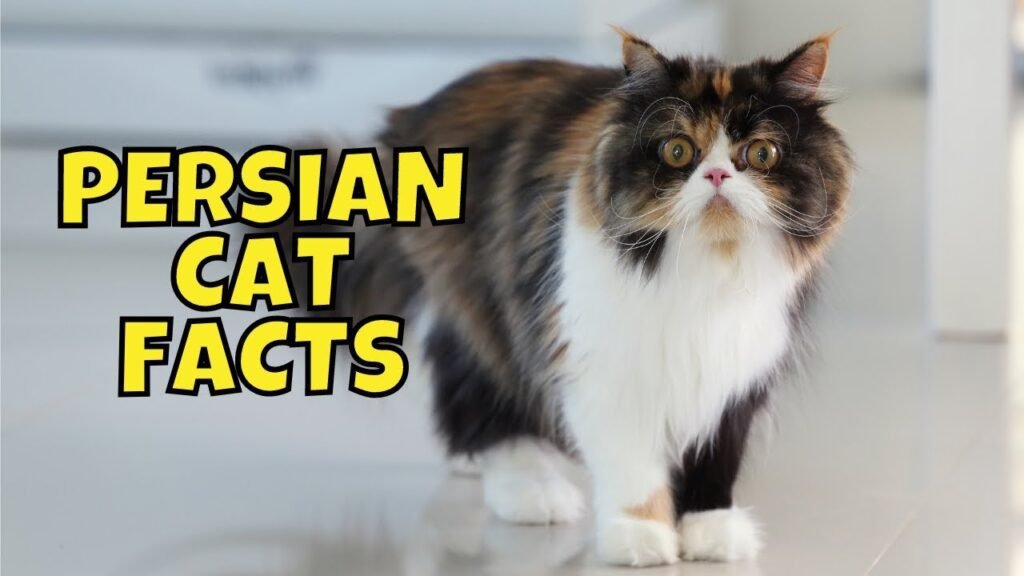
This image is property of i.ytimg.com.
Low Exercise Requirements
Not particularly active cats
Persian cats are not particularly active and have low exercise requirements compared to some other cat breeds. They are content with a calm and quiet environment and prefer lounging and relaxing rather than engaging in high-energy play sessions. However, it’s important to provide them with mental stimulation through interactive toys and enrichment activities.
Prefers a calm and quiet environment
Due to their laid-back nature, Persian cats thrive in calm and quiet environments. Loud noises and chaotic surroundings can stress them out, so it’s best to create a peaceful living environment for them. This can be achieved by providing designated quiet spaces and minimizing sudden or loud noises in the household.
Playtime should be supervised to prevent overexertion
While Persian cats may not be highly active, they still benefit from playtime to stay mentally and physically stimulated. However, it’s important to supervise their play sessions to prevent overexertion, especially due to their brachycephalic facial structure. Engage them in gentle play activities that do not require excessive jumping or running.
Regular Grooming Needs
Requires daily brushing to prevent mats and tangles
The Persian cat’s long and flowing coat requires daily brushing to prevent mats and tangles from forming. Their fur is prone to tangling and can quickly become matted if not properly maintained. Regular brushing helps distribute natural oils, keeps the coat clean, and reduces the risk of skin issues.
Regular baths to keep their coat clean and healthy
In addition to regular brushing, Persian cats benefit from regular baths to keep their coat clean and healthy. Bathing helps remove dirt, oils, and debris that can accumulate in their long fur. It’s important to use cat-friendly shampoos and to dry the cat thoroughly after bathing to avoid skin problems.
Frequent eye cleaning to prevent tear staining
Persian cats are known for their large, expressive eyes, but they are prone to tear staining. Tear stains occur when the tears produced by the eyes overflow and cause a reddish or brownish discoloration around the eyes. Regular eye cleaning with a damp cloth or pet-friendly eye wipes can help prevent tear staining and keep their eyes clear and healthy.
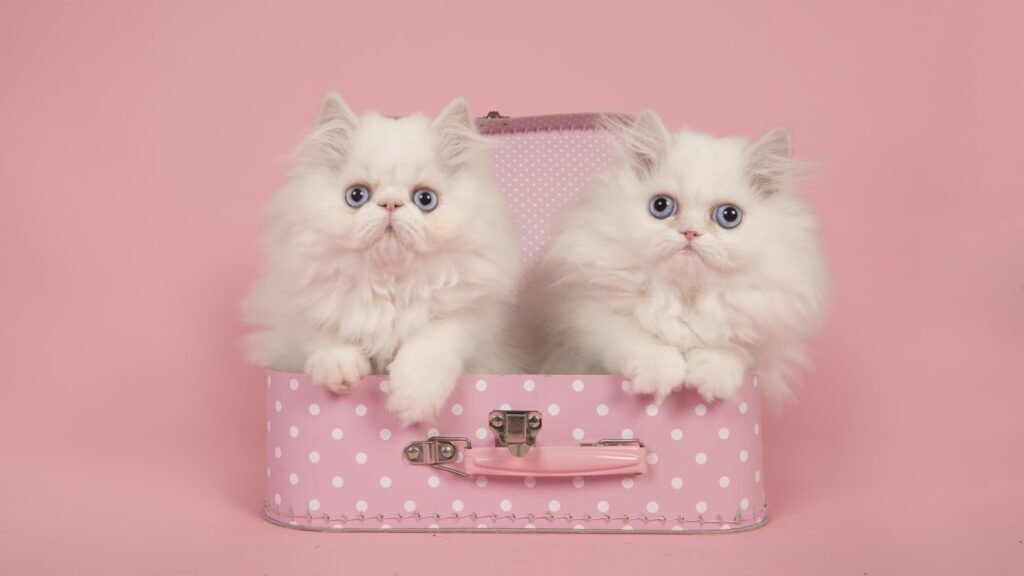
This image is property of images2.minutemediacdn.com.
Health Concerns
Prone to respiratory problems due to their facial structure
One health concern that is common in Persian cats is respiratory problems. Their flat, brachycephalic faces can make it difficult for them to breathe properly, especially in hot or humid environments. It’s important to monitor their breathing and provide a well-ventilated living space to minimize the risk of respiratory issues.
Increased risk of kidney diseases
Persian cats have an increased risk of developing kidney diseases, including chronic renal failure. Regular veterinary check-ups, proper hydration, and a balanced diet can help reduce the risk and detect any potential kidney issues early on.
Potential for polycystic kidney disease (PKD)
Another health concern specific to Persian cats is the potential for polycystic kidney disease (PKD). PKD is an inherited condition that causes the formation of cysts in the kidneys. Responsible breeders will genetically test their cats to minimize the risk of passing on this condition. Regular screenings and veterinary care are essential for early detection and management of PKD.
Long Lifespan
Persian cats can live up to 12-16 years
With proper care and regular veterinary check-ups, Persian cats can live up to 12-16 years. Their lifespan can be influenced by various factors, including genetics, diet, exercise, and overall health management. Providing a loving and nurturing environment is key to ensuring a long and happy life for these majestic felines.
Proper care can extend their lifespan
By providing proper care, Persian cats can enjoy an extended lifespan. This includes regular veterinary check-ups, a balanced diet, exercise, mental stimulation, and grooming maintenance. Preventive measures and early detection of any health issues can significantly contribute to their overall well-being and longevity.
Regular veterinary check-ups are important
Regular veterinary check-ups are essential for the health and well-being of Persian cats. Routine examinations allow for early detection of any potential health concerns, providing an opportunity for timely intervention and treatment. Vaccinations, dental care, and parasite prevention are also part of a comprehensive veterinary care plan for Persian cats.

This image is property of i.ytimg.com.
Intelligent and Independent
Smart and quick learners
Persian cats are intelligent and quick learners. They are highly observant and can quickly pick up on routines and patterns. This intelligence makes them adaptable to changes in their environment and enables them to figure out solutions to everyday challenges.
Independent and not overly demanding of attention
Despite their affectionate nature, Persian cats are also independent and not overly demanding of attention. They are content with quiet companionship and often enjoy spending time alone. This independence makes them suitable for individuals or families who may not have the ability to provide constant attention and interaction.
May have a stubborn streak at times
While Persian cats are generally easygoing, they can also have a stubborn streak at times. This can manifest in various ways, such as resisting grooming or showing reluctance to follow commands. Patience, positive reinforcement, and gentle handling can help overcome any stubborn behavior and foster a harmonious relationship.
Special Care for their Eyes
Large, expressive eyes prone to tear stains
One of the Persian cat’s most mesmerizing features is its large and expressive eyes. However, these beautiful eyes are prone to tear stains, causing discoloration around the eye area. Regular eye cleaning is essential to prevent tear stains and keep their eyes healthy and clear.
Regular eye cleaning with a damp cloth or pet-friendly eye wipes
To maintain their eye health and prevent tear staining, Persian cats require regular eye cleaning. This can be done using a damp cloth or pet-friendly eye wipes, gently wiping away any debris or discharge. It’s important to be gentle and avoid causing any discomfort or irritation.
Avoid strong perfumes or cleaning products near their eyes
When cleaning or grooming Persian cats, it’s important to avoid using strong perfumes or cleaning products near their eyes. These strong scents can irritate their sensitive eyes and potentially cause discomfort. Opt for gentle and fragrance-free products specifically formulated for use around the eye area.
In conclusion, Persian cats have a fascinating origin and history, being bred in Persia and gaining popularity among the nobility in Europe and the United States. They possess distinct physical characteristics, including a large, round face, a long, flowing coat, and a short, stocky body. Their variety of coat colors and patterns adds to their beauty and individuality. Persian cats are known for their gentle and calm personalities, low exercise requirements, and regular grooming needs. They are prone to certain health concerns, such as respiratory problems and kidney diseases, but with proper care and regular veterinary check-ups, they can live a long and happy life. Persian cats are intelligent and independent, making them wonderful companions who require special care for their eyes. With their captivating qualities and unique charm, Persian cats continue to be beloved pets around the world.
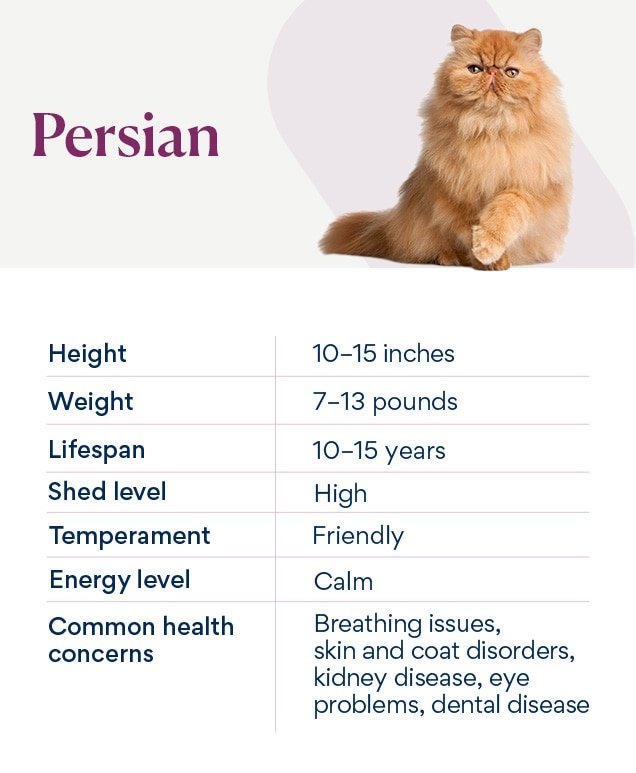
This image is property of image.petmd.com.

